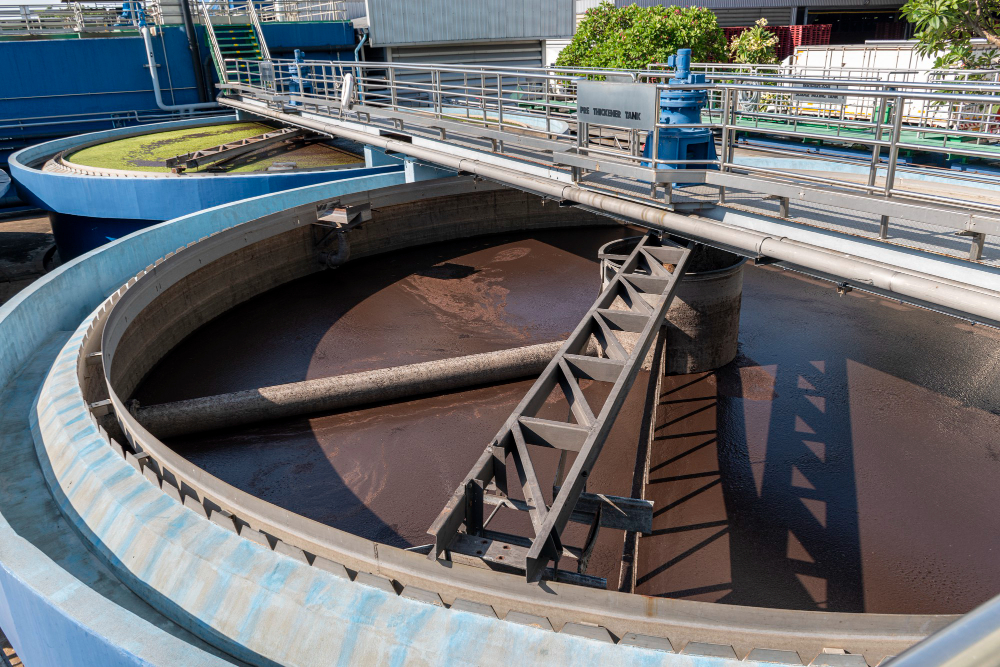Imagine a world where wastewater is transformed into a valuable resource, not a problem, right in our own neighborhoods. With India’s urban population surpassing 35% as per recent Census data, the need for effective sewage treatment solutions is critical. Outdated systems often lead to pollution and health risks, but 2025 introduces cutting-edge technologies that are redefining wastewater management. These innovations ensure cleaner processes, promote water reuse, and align with initiatives like India’s National Mission for Clean Ganga. In this article, five transformative technologies are explored, offering practical insights for homeowners and businesses. By understanding these advancements, informed decisions can be made to improve waste management. Whether addressing residential or large-scale needs, these solutions pave the way for a sustainable future.
Advanced Membrane Bioreactors (MBRs)
How MBRs Enhance Treatment Efficiency
Advanced membrane bioreactors combine biological treatment with filtration, delivering high-quality effluent for sewage treatment solutions. These systems, widely adopted in 2025, achieve up to 95% biochemical oxygen demand (BOD) reduction, according to Central Pollution Control Board (CPCB) studies. As a leading residential sewage treatment solution provider, companies now offer compact MBR units tailored for homes, especially in urban centers like Mumbai.
Key Benefits and Implementation Challenges
MBRs are energy-efficient and low-maintenance, though expert installation is needed. A 2024 Ministry of Housing and Urban Affairs report notes a 20% increase in treatment capacity in Indian pilot projects. They also support water recycling, addressing scarcity in drought-prone areas.
Anaerobic Digestion with Energy Recovery
Harnessing Biogas from Waste
Anaerobic digestion transforms organic waste into biogas, a renewable energy source, enhancing sewage treatment solutions. In 2025, advanced digesters recover up to 60% methane, per International Water Association data. In Tamil Nadu, community plants using this technology, provided by a residential sewage treatment solution provider, have cut energy costs by 30%, per state reports.
Scalability for Different Settings
This technology scales from homes to municipalities. Odor control, managed by biofilters, ensures practicality. Key advantages include:
- Lower greenhouse gas emissions
- Nutrient-rich digestate for farming
- Energy bill savings
Smart Sensors and IoT Integration
Real-Time Monitoring for Optimal Performance
IoT devices revolutionize sewage treatment with real-time data on pH and turbidity. A 2025 IIT survey shows 40% efficiency gains in IoT-integrated systems. In Delhi, smart grids have reduced untreated discharge by 25%, per municipal data.
Data-Driven Decision Making
Predictive analytics extend system lifespan, ensuring reliable sewage treatment solutions. These systems minimize disruptions and ensure regulatory compliance.
Nanotechnology in Filtration
Nano-Enhanced Filters for Superior Purification
Nanotechnology removes contaminants like heavy metals at the molecular level. NEERI research confirms 99% microplastic removal. Nano-filters are energy-efficient and compact, ideal for various scales.
AI-Powered Predictive Maintenance
Preventing Failures with Machine Learning
AI predicts system failures, reducing downtime by 50%, per World Bank studies. In Hyderabad, AI has boosted efficiency by 35%, per local data.
Integration with Existing Systems
AI integrates seamlessly, offering user-friendly interfaces and optimized resource use for sustainable sewage treatment solutions.
Conclusion
These five technologies—MBRs, anaerobic digestion, IoT, nanotechnology, and AI—are reshaping sewage treatment in 2025, addressing India’s wastewater challenges. They ensure efficiency and sustainability for urban and rural needs. Consult experts to adopt these solutions for a cleaner future.
FAQs
What are the main benefits of MBRs for sewage treatment?
MBRs offer high effluent quality and compact design, supporting water reuse and sustainability goals.
How does anaerobic digestion save energy in India?
It produces biogas, reducing energy costs by up to 30% in community setups, as seen in Tamil Nadu.
Can IoT sensors be added to existing sewage systems?
Yes, they retrofit easily, enhancing performance with real-time monitoring.
Why is nanotechnology effective for wastewater?
Nano-filters remove 95-99% of contaminants, outperforming traditional methods.
How does AI improve sewage treatment plants?
AI predicts failures, cuts downtime, and ensures compliance, vital for urban infrastructure.





Comments